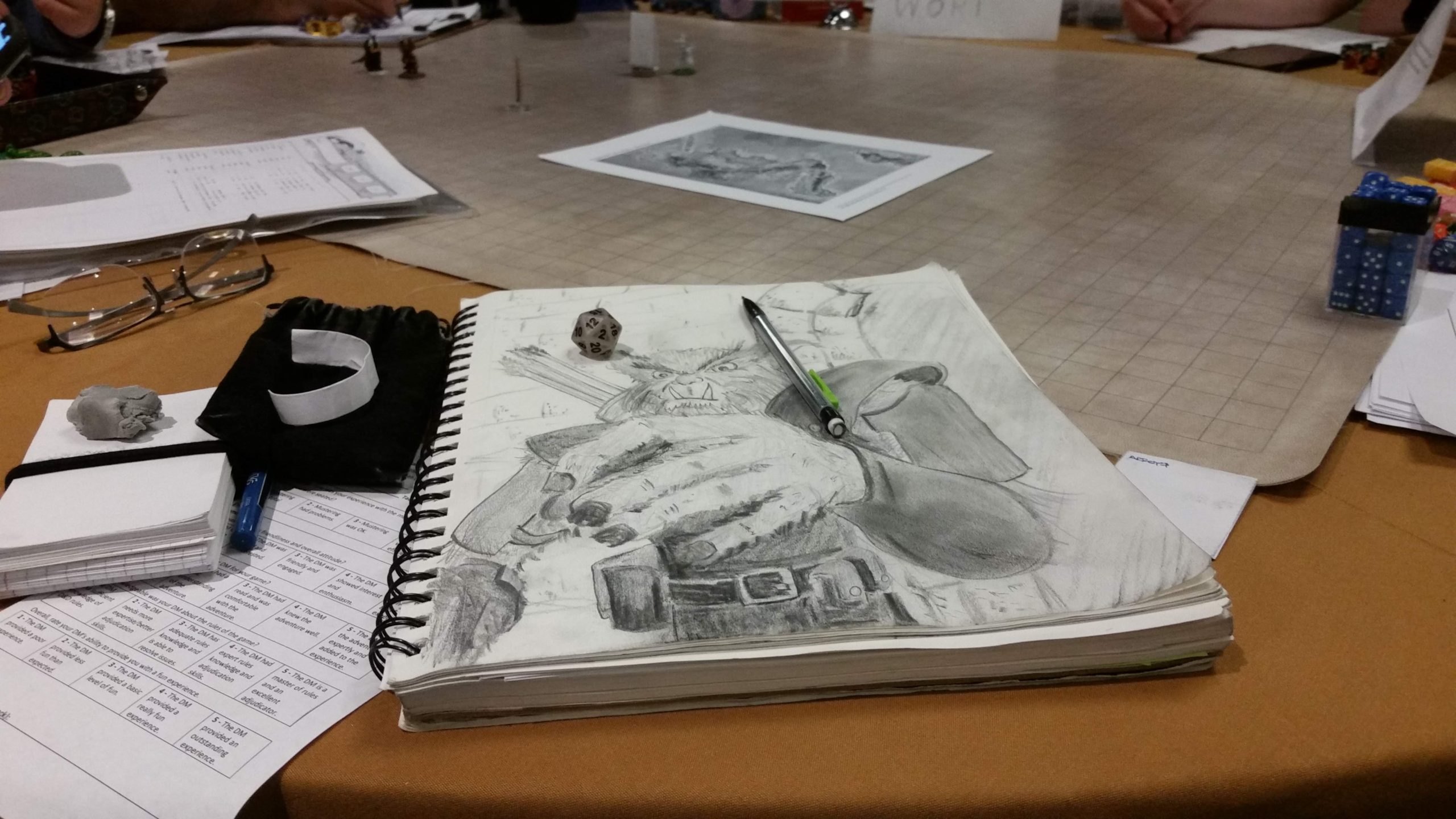I’ve always struggled with paying attention unless I’m doing one of two things. The first is drawing. I lose myself when I draw. The other is when I am gaming—especially tabletop gaming (board games, card games, role-playing games). I can reach that level of distraction Rheingold describes about the story from Cathy Davidson when I am in a small group of five to eight people. Online gaming isn’t quite so consuming because I do get a bit bored sometimes. However, when researching online, documenting, or digging through Galileo, I find it hard to focus. That’s why the words of Rheingold ring true when I see others with the same problem, “Gaining control of your attention while you are online requires, first of all, intention.”
This is where the challenge begins with our goal as instructional designers and course developers. How do we influence instructors and trainers to motivate their audience, as much as I am when playing tabletop games? Shirky (2008) states, “Human being are social creatures—not occasionally or by accident but always” (p. 14). Tabletop gamers generally meet face-to-face, or at least in a virtual synchronous format. This connection helps to deal with social side of our human needs to interact while still maintaining our attention on a focused goal—playing the game.
Sources:
Rheingold, H., & Weeks, A. (2012). Net smart: How to thrive online (Kindle ed. p. 41-43). Cambridge, MA: The MIT Press.
Shirky, C. (2008). Here comes everybody: The power of organizing without organizations (Kindle ed., p. 14). Toronto, Canada: Penguin Group.

Recent Comments